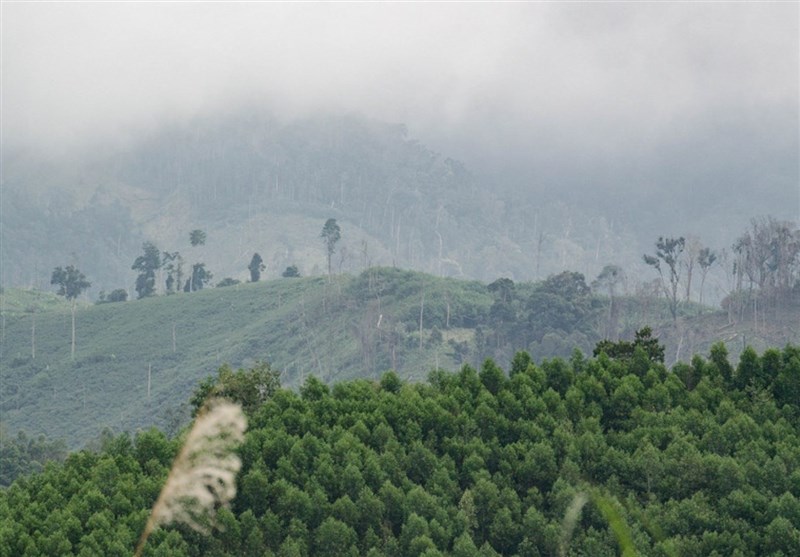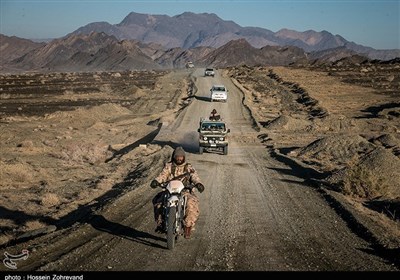Action Needed to Save Asia-Pacific’s Forests: UN
TEHRAN (Tasnim) – A new report from the United Nations has warned forests in the Asia-Pacific region are facing a serious threat as primary forest cover is now only 19 percent of total forest area—the lowest level of any region worldwide, a major gathering of forestry stakeholders heard.
Highlighting the ongoing decline of biodiversity and resilience in natural forests in the Asia-Pacific region, the Food and Agriculture Organization of the United Nations (FAO) in its newest comprehensive report regarding the future of forest in Asia-Pacific region has asked country members to take firm measures to reverse this trend.
According to the report titled “Forest Future: Sustainable pathways for forests, landscapes and people in the Asia-Pacific region,” forests and landscapes in the Asia-Pacific region are under increasing pressure from climate change, economic growth, infrastructure development, forest conversion, conflicts and other stressors. Biodiversity and ecosystem resilience in natural forests are declining along with the capacity of these forests to deliver water and soil protection, climate regulation, and other important factors.
This report finds that sustainable development will only be achieved in the region if we commit to transformational change by working cross-sectorally and across borders, investing massively to restore forests and landscapes, reforming forest tenure and outdated institutions, empowering communities, and embracing innovation.
This new FAO publication asserts that demand for forest products and ecosystem services goes beyond borders. Water, wildlife, fire and forest pests don’t recognize administrative or sectoral boundaries.
Primary forests are those forests largely unaffected by human activities, and they are therefore extremely important for biodiversity conservation and other reasons. Of the region’s 723 million hectares of forest, this reports reveals that, only 19 percent (140 million hectares) is primary, which is much lower than the global average (32 percent). The conservation of primary forests in the region and the sustainable management of other natural forests are urgently needed to safeguard biodiversity, ecosystem services and the quality and health of the physical environment.
According to FAO report the region’s population is projected to grow from 4.1 billion people in 2017 to 4.7 billion in 2050. Home to 55 percent of the world’s population, the Asia-Pacific region contains only 18 percent of global forests. There is an urgent need for societies to reduce consumption, increase reuse, and sustainably produce biomaterials in forests. We need to find innovative ways to balance competing demands that will benefit us all.
Realizing an aspirational future – and avoiding catastrophic outcomes – FAO urges all countries in the region to implement the seven robust actions recommended in this report. These are to 1) adopt adaptive landscape management; 2) increase cooperation among stakeholders; 3) improve forest quality; 4) invest in alternative economic models; 5) achieve good forest governance; 6) build resilience; and 7) commit sufficient resources for forest and landscape management. With strong political will, these actions will give countries the best chance of ensuring the sustainability of ecosystems, economies and communities.






